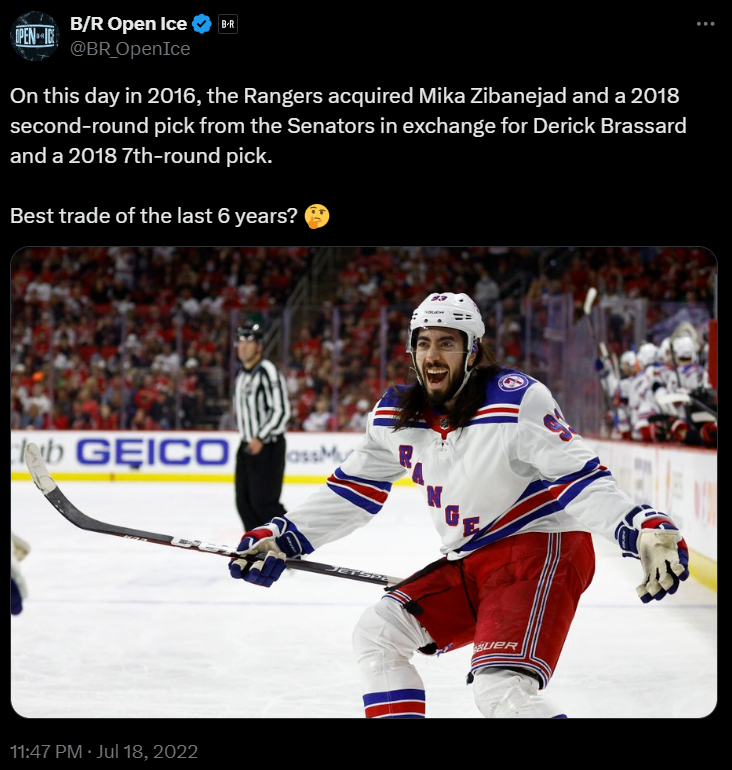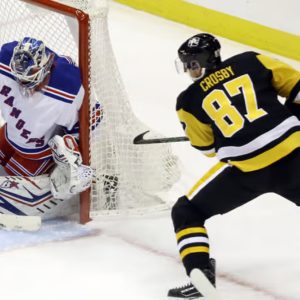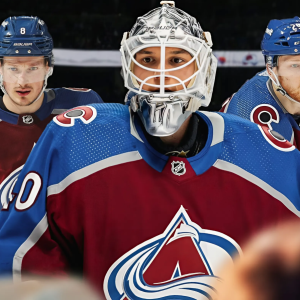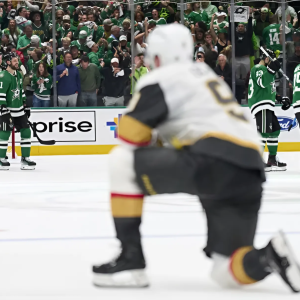The pressure is on for New York Rangers star center Mika Zibanejad.
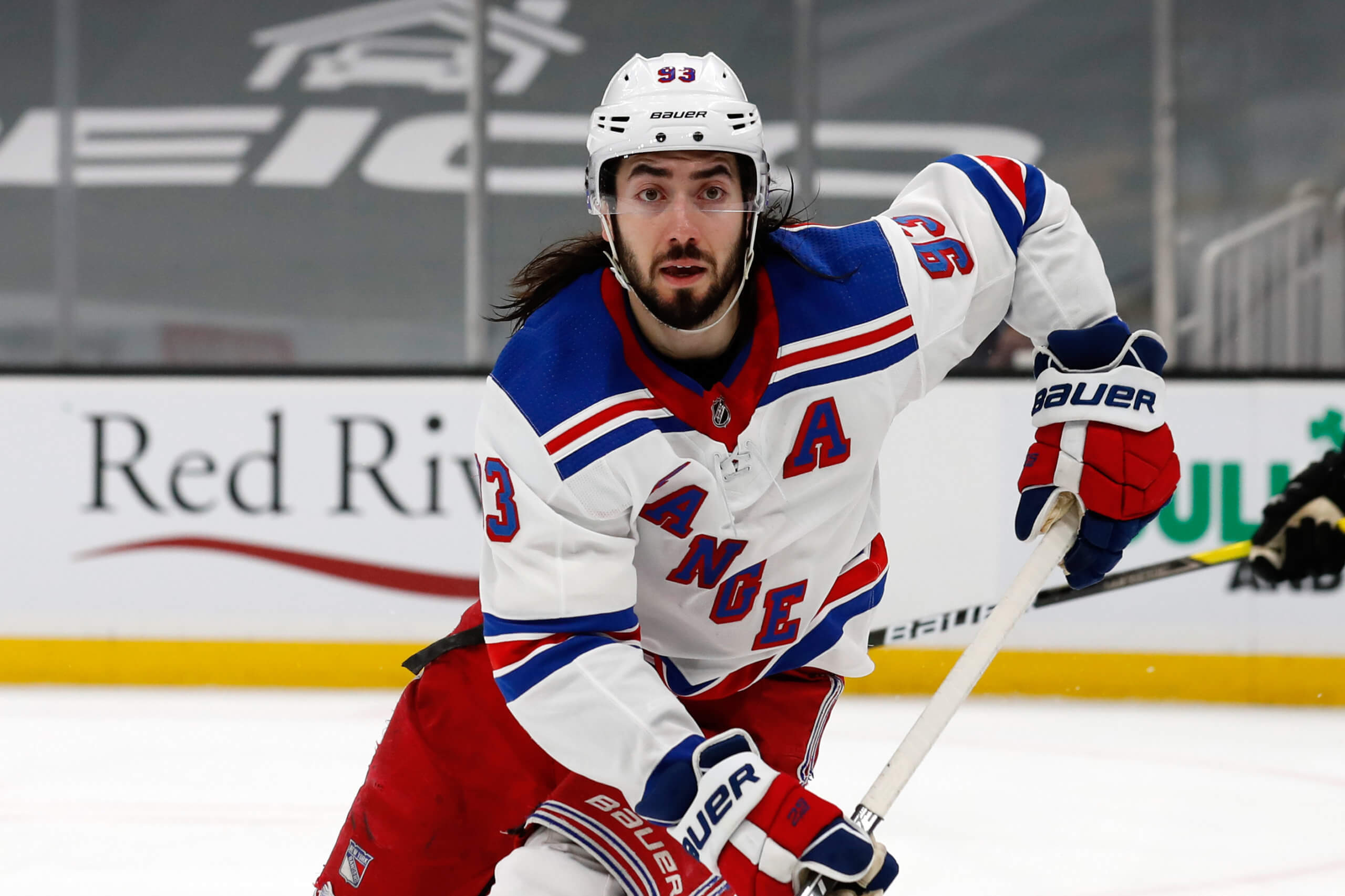
Zibanejad is the do-it-all top center on a team that has made two deep playoff runs in three years and won a President’s Trophy. Above the surface, much of this will look like nitpicking.
Under the surface, trouble is brewing.
We’ve reached a point that this can no longer be blamed on the ill-fated Pavel Buchnevich trade that robbed Zibanejad and Chris Kreider of their third musketeer.
When the Rangers announced an intention to rebuild in February 2018, it’s not likely management thought Zibanejad could turn into a top center due to his heavy injury history and inconsistency.
But if management knew what type of player Zibanejad could be, they would not have steered so hard into “The Letter” and the rebuild.
Ascending to a role as an all-situations center, Zibanejad rewarded the Rangers with significant offensive numbers. He scored 369 points (159 goals, 210 assists) in 357 games over the next five seasons as the Rangers went from rebuilder to upstart to league elite.
In the past three years, Zibanejad has played remarkably consistently. 434 forwards have played 1,000 regular-season minutes in that time. Zibanejad is 40th with a goals-for percentage of 57.5%. Over a sample size that large, the Rangers are clearly the better team when Zibanejad is on the ice.
Zibanejad remains a destructive force on the penalty kill. Even as his five-on-five numbers cratered, he was still a top-30 player last season in short-handed scoring per 60 minutes and sixth in overall scoring with six shorthanded points. He did this while playing big minutes on one of the league’s top penalty kills.
The problem is his five-on-five production can’t be ignored.
In goals per 60 minutes at five-on-five, he finished 314th of 402 forwards who played at least 400 minutes last season. At 0.45 goals per 60, it was the second-lowest output of his career.
Finishing wasn’t his only problem. Zibanejad saw his overall scoring chance numbers dip, finishing 277th of 402 forwards in high-danger chances created per 60 minutes, according to Natural Stat Trick.
Zibanejad saw his raw point totals drop precipitously — his lowest raw output since the 2017-18 season. On a per 60-minute basis, he dropped from a consistent three-year stretch where he scored roughly 2.15 points per 60 to 1.41 points per 60. That is a decline from comfortable first-line production to third-line production for a player making top money.
Some of those struggles followed Zibanejad to the power play where, historically, he has played wonderfully. His goals per 60 on the power play dropped to his lowest totals since the 2016-17 season. Again, this isn’t just an issue of shooting percentage. Zibanejad also created fewer opportunities for himself, with his high-danger chances per 60 minutes on the power play dropping by half year-over-year.
If this continues, the questions on Zibanejad will mount. Did the Rangers overcommit? Did they sign him too late in his career arc? Is he worth the cap hit, and can he be the No. 1 center on a Stanley Cup champion?
Those aren’t questions we can answer today. Those are questions the Rangers must answer, because the Alex Barkovs and Connor McDavids of the world will always be standing in the way when you are playing games deep into May and June.
The biggest question of all is if Zibanejad can hang with those guys when a Stanley Cup is on the line.
